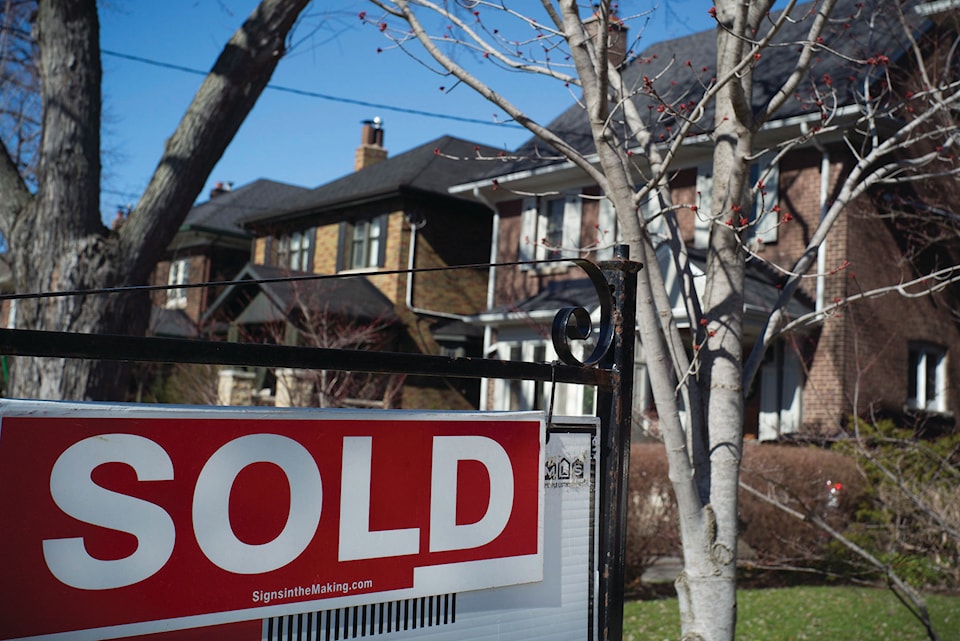The thorny issue of property assessments gets plenty of attention at this time of year, when B.C. Assessment Authority sends out its yearly estimate of what each property in the province is worth.
In recent years, property owners have pored over assessments much more closely, as hot real estate markets have meant rising property prices. This has caused a ripple effect of price rises in what were more-affordable areas. Increased buying has led to price jumps in places far from the booming Lower Mainland and southern Vancouver Island markets.
The only real bad news this year came for residents of 14 condemned homes in Seacrest in Sechelt, who saw their assessments drop to $2 per property.
The ripple effect has been seen in many areas of the southern half of the province. A decade ago, after all the excitement of the 2010 Winter Olympics, increased buying (much by foreign buyers) started to rapidly boost prices in Vancouver, Whistler, West Vancouver and Richmond. Prices then began rising in other parts of the Lower Mainland. At first, the biggest price jumps were in other areas considered desirable by wealthy buyers, such as other North Shore areas, Coquitlam and South Surrey. Then prices began rising in other areas of Metro Vancouver, followed by the Fraser Valley. People began looking further afield to find affordable homes.
READ MORE: Your home probably went down in value, but your taxes may still go up
The same phenomenon took place on Vancouver Island. Victoria was among the first places to witness big price increases. Then it spread to other parts of the Capital Regional District and up the island. Many of the buyers who have boosted prices in parts of Vancouver Island like Nanaimo and Parksville have come from the Lower Mainland, or other parts of the country.
The Interior market was somewhat different. Kelowna, the Shuswap and much of the Okanagan had already seen significant price jumps due to heavy buying by out-of-province vacationers, who were looking for retreats - both summer and winter. This market shrunk rapidly when the price of oil dropped in 2014. Many Albertans no longer had cash to spare on additional homes. Alberta buyers had also flocked to areas of the East Kootenay such as Radium, Invermere and Fernie.
The drop in demand in the Okanagan was brief, as buyers from Metro Vancouver looked at buying second homes or relocating entirely. The same level of interest has been seen in Kamloops, which until that time did not get as much consideration as Okanagan areas.
READ MORE: Surrey, Abbotsford homes crack top 10 most expensive properties in B.C.
This year’s assessments continue to rise in some areas. Kitimat, for example, has seen assessments jump 41 per cent - largely due to LNG construction. Prince George has jumped five per cent, Kamloops seven per cent and Nanaimo has jumped three per cent. Meanwhile, provincial tax policy and general unaffordability has caused prices in most of Metro Vancouver to drop. Many detached homes have seen assessments drop by about 10 per cent. Prices are still high though - the average detached home in Vancouver is assessed at $1.57 million.
Assessments are used by municipalities for property tax purposes. In general, rising or declining assessments do not affect the level of taxation on individual properties very much. However, there are always exceptions.
B.C. residents have long taken a strong interests in real estate, and the annual assessments offer an opportunity to reflect on how prices stand in our neighbourhoods.
Frank Bucholtz is a columnist and former editor with Black Press Media. Email him at frank.bucholtz@blackpress.ca.
Like us on Facebook and follow us on Twitter.
